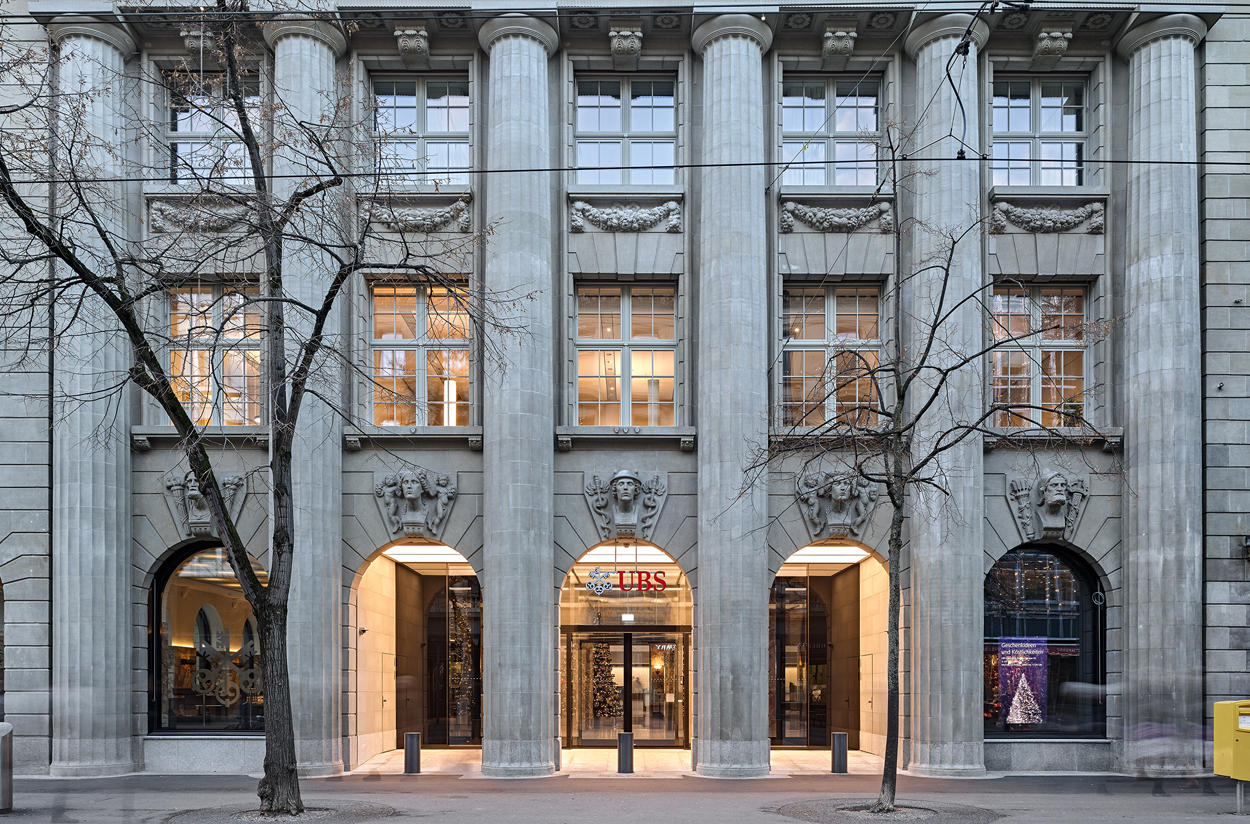Financial Results
Pre-Tax Profit Dips At UBS's Wealth Arm

The Zurich-listed group reported a slight dent to its global wealth management results for the second quarter of this year.
UBS today reported that
its global wealth management arm logged a pre-tax profit in the
second quarter of 2022 of $1.157 billion, down from $1.294
billion a year ago and down from $1.31 billion in the first
quarter of this year.
Total revenues in the wealth business declined 2 per cent to
$4.667 billion; expenses stood at $3.523 billion, widening from
$3.479 billion, the Zurich-listed group said in a statement
today.
Net interest income increased by 24 per cent, mainly reflecting
higher deposit revenues, which were driven by both higher deposit
margins, as a result of rising interest rates, and increased
deposit volumes.
Recurring net fee income fell by 6 per cent, primarily driven by
negative market performance and foreign currency effects, partly
offset by net new fee-generating assets over the past 12
months.
Transaction-based income declined by 17 per cent, mainly driven
by lower levels of client activity, particularly in the Americas
and Asia-Pacific. Net credit loss releases were $3 million,
compared with net releases of $14 million in the second quarter
of 2021.
UBS said its wealth business’s cost/income ratio was 75.3 per
cent, widening by 2.2 percentage points on a year before.
Fee-generating assets fell 12 per cent sequentially to $1.244
trillion and net new fee-generating assets stood at $400 million
in the quarter.
Group results
Across the whole of UBS, the bank reported a pre-tax profit of
$2.615 billion for the quarter, up 1 per cent on a year earlier.
The cost/income ratio was 70.6 per cent, lower by 1.2 percentage
points on a year ago. Revenues held flat, at $8.917 billion.
Operating costs fell 1 per cent.
Revenues were “largely supported” by an $848 million gain from
the sale of a minority interest in the Mitsubishi Corp.-UBS
Realty Inc joint venture to KKR, it said.
At the end of June, the bank’s Common Equity Tier 1 capital ratio
– a common way of measuring a bank’s capital buffer – was 14.2
per cent.
“Our headline numbers for the quarter were strong. Our underlying
performance reflected a good result in an environment with lower
asset levels, higher volatility and increasing rates. This
shows the strength of our strategy and globally diversified
business model,” Ralph Hamers, group chief executive,
said.
Within its asset management arm, UBS logged $12 billion of
outflows, mainly from the stock market.
Client activity was “robust but differentiated” across segments
as institutional clients remained “very active,” with 10 per
cent growth in global markets' revenues on the back of high
volatility, whereas private investors remained generally on the
sidelines.
UBS noted that clients committed $3.9 billion in private markets
and invested $4.0 billion in separately managed accounts.
Total invested assets across the UBS group were $3.912 trillion, down from $4.38 trillion at the end of March, and reflecting the deterioration of global markets during 2022.
